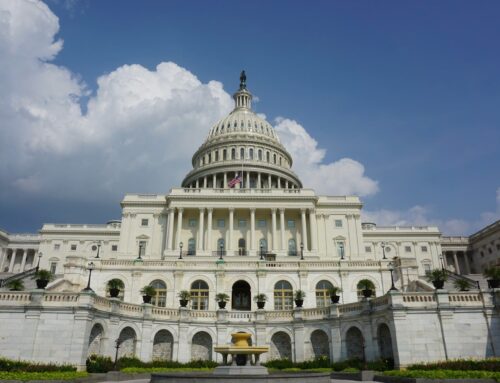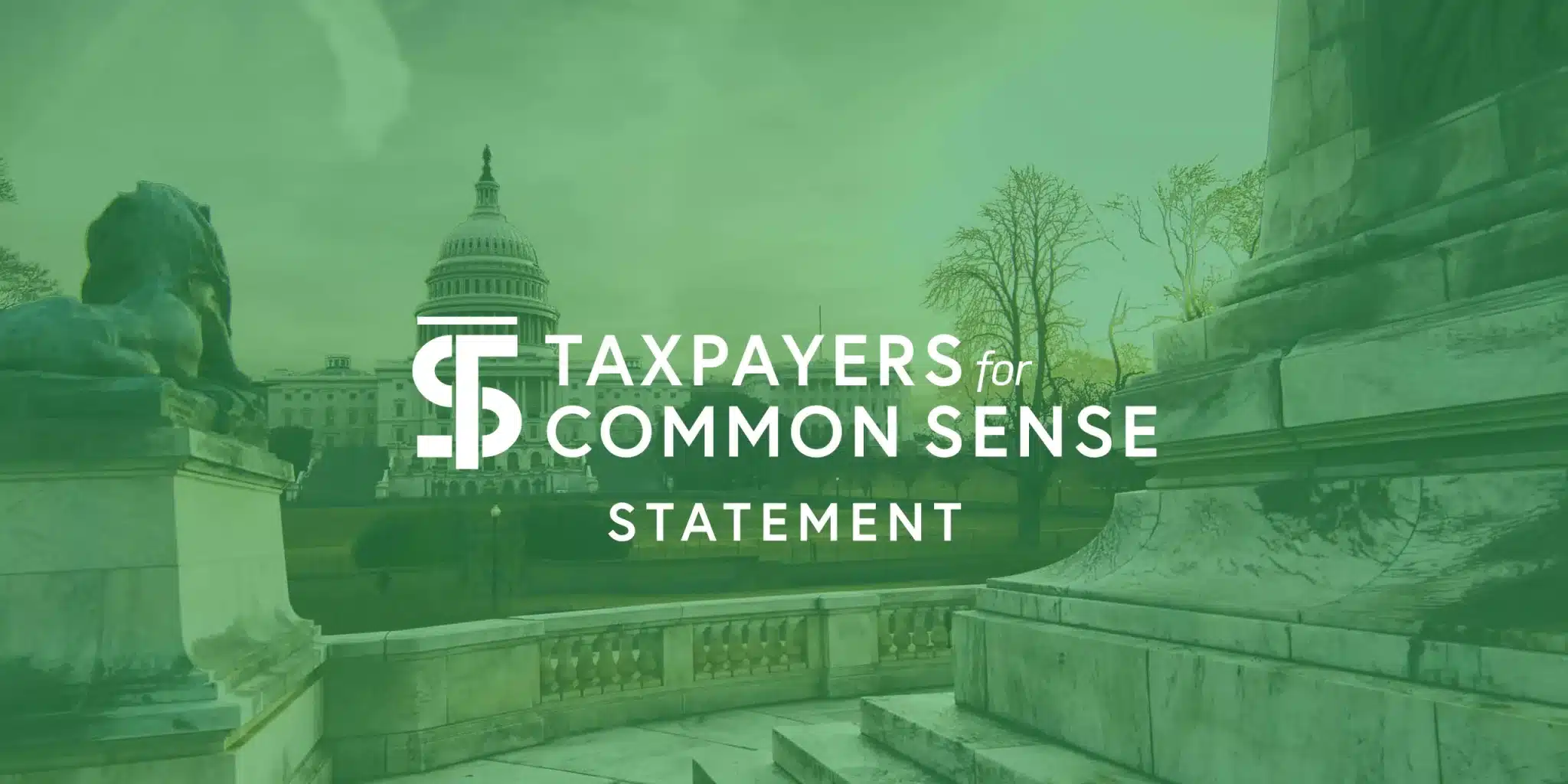What lessons can we learn from the dramatic events on Capitol Hill recently? Let’s review:
The latest budgetary saga began with a promising bipartisan gesture—the Fiscal Responsibility Act, an agreement struck in May 2023 between President Joe Biden and then-House Speaker Kevin McCarthy (R-CA), ostensibly to elevate fiscal prudence over partisan mudslinging. This act, extending the debt limit for nearly two years and setting spending caps, was heralded as a beacon of cooperation in our often-fractious political climate. And it should have put Congress on a path to finishing FY2024 spending bills on time.
This bipartisan cooperation was short-lived. Bowing to parts of his party, Speaker McCarthy directed appropriators to draft spending bills $120 billion below the top line level in the deal. As the appropriations process for Fiscal Year 2024 unraveled, initial optimism gave way to a familiar pattern of delays and standoffs. By September, none of the 12 appropriations bills had been enacted, necessitating a Continuing Resolution (CR) to avert a governmental closure. This CR, a stopgap measure extending funding through mid-November, was a Band-Aid solution familiar to our budgetary process.
The ousting of McCarthy as Speaker in early October then plunged the House into a leadership crisis. The eventual election of Mike Johnson (R-LA) as the new Speaker ushered in a “laddered” CR—another provisional measure extending funding for various agencies into early 2024. This new CR continues funding for veterans, agriculture, energy, transportation, and housing programs until January 19, while funding for other departments like the Pentagon, State, Justice, Commerce, Treasury, Homeland Security, Interior, Labor, Health and Human Services, and Congress itself would expire on February 2. The proposal does not include funding for military aid to Ukraine or Israel nor natural disaster-related emergency sought by the President and Congress.
Brinkmanship isn’t new, but it is starting to have novel effects. Earlier this year, agencies like Fitch and Moody’s ominously hinted at a possible downgrade of the U.S. credit rating. They weren’t kidding. Fitch downgraded the United States’ long-term ratings to ‘AA+’ from ‘AAA’ in August 2023, reflecting expected fiscal deterioration. Moody’s changed their outlook on the U.S. government’s ratings to “negative” from “stable” in November 2023, indicating a potential future downgrade. And this at a time when borrowing costs are already soaring because of high interest rates.
All of this is a reminder of the precarious nature of our appropriations process. The habitual reliance on CRs, while practical in the short term, breeds inefficiency and instability in governance. Federal agencies and the Americans dependent on their services will now operate for a quarter to a third of the fiscal year without certainty on their final budgets. It’s a patchwork approach, often burdened with extraneous measures, that does little to instill confidence in the federal budget process. And it’s not without costs. Every day spent under a CR is a day spent tied to last year’s spending needs, with agencies unable to shift focus to more immediate priorities.
From fiscal years 2010 through 2022, Congress enacted 47 continuing resolutions. And that doesn’t include 52 days of government shutdowns during that period. This approach, often necessitated by immediate crises or political expediency, leads to a cycle of recurring issues, as underlying problems remain inadequately addressed. A prime example of this pattern is federal disaster spending.
Disaster-related appropriations are similarly reactive, formulated in response to specific events like hurricanes, floods, or wildfires. While this approach addresses immediate relief needs, it often overlooks the crucial aspect of proactive disaster mitigation and resilience building. It leads to a disjointed response where funds are allocated in haste, sometimes overlooking areas that require the most attention or investment in long-term solutions that should be incorporated into the annual budget.
As echoed by the Congressional Budget Office and numerous fiscal experts like TCS, the current trajectory of deficit spending is untenable. The necessity for either tax hikes, spending cuts, and revamp of mandatory programs like Social Security and Medicare to put them on sustainable fiscal trajectory or most likely a combination of all three is inevitable as the nation grapples with sustainable debt management. While brinkmanship has often been leveraged as a tactic, it’s a double-edged sword, laden with potential economic harm and uncertainty.
For too long, American taxpayers have been bystanders in this game of fiscal chicken. The idea of shutting down the government, even partially, over political disagreements is not just reckless; it’s a gross mismanagement of the responsibilities entrusted to our elected officials. It’s akin to a CEO threatening to close a company because the board can’t agree on a budget. It’s absurd, and yet, it’s become a somewhat normalized strategy in Washington. Even now, we still face the possibility of partial government shutdown(s) next year, as congressional leaders and the White House are far from agreement on appropriate funding levels, notwithstanding their agreement from May.
This latest chapter in the government shutdown saga is more than a political drama; it’s a serious issue that affects every American taxpayer. It’s time for our leaders to rise above partisan politics and provide the fiscal responsibility and governance stability that the American people deserve. The clock is ticking, and the world is watching. Let’s hope common sense prevails.










Get Social